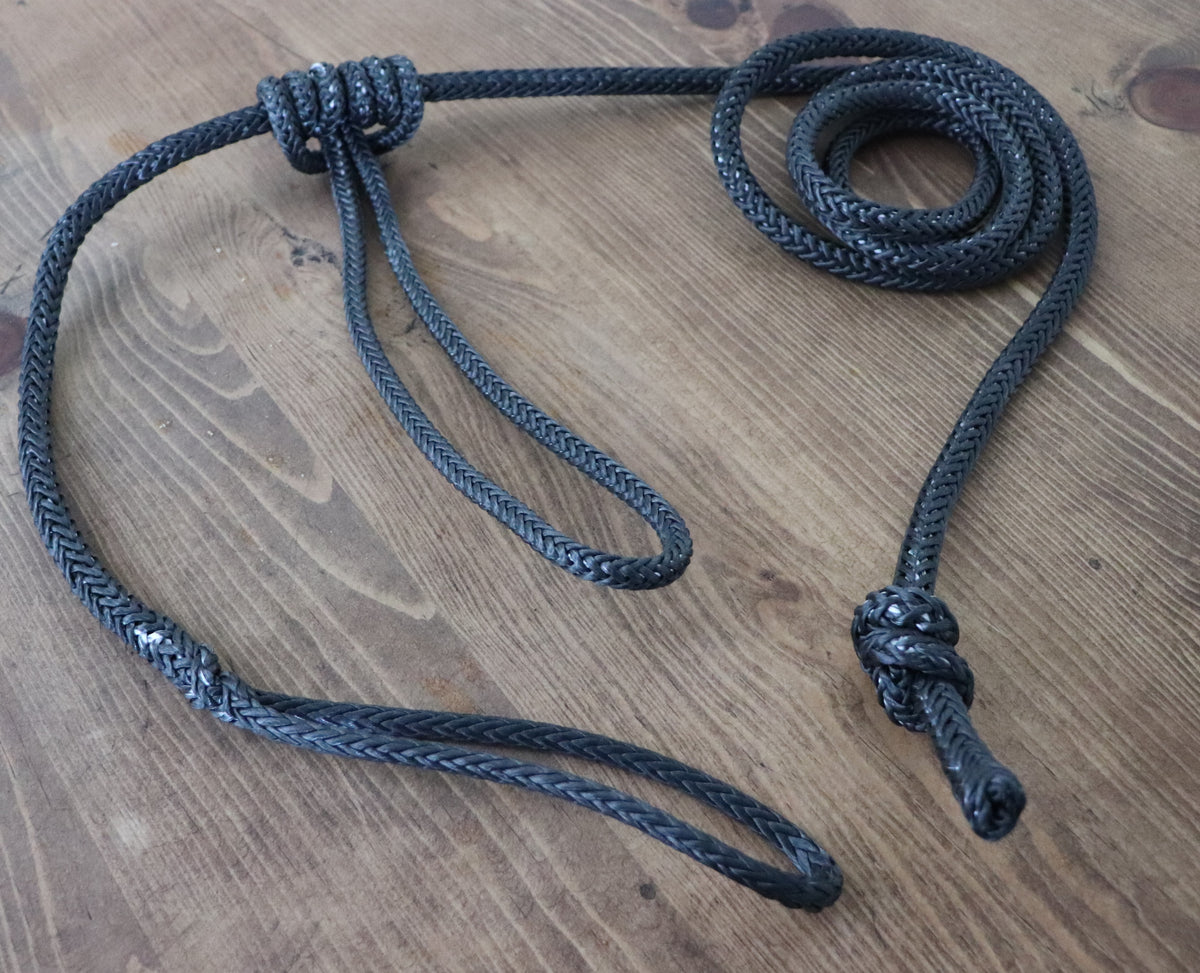kenn1320
Well-Known Member
- Joined
- Sep 15, 2015
- Messages
- 2,753
I dont see heat buiding up on an amsteel prusik. Its not like its slipping under an extreme load for a few feet. The thing that jumps out at me is violating the min bend radius in some situations. I made up a tether and put weight on it at ground level for a few minutes. Upon inspection of the end loop where the main line goes through at the tree, it didnt look great. It was clearly bending tighter than suggested. Installing one of those metal eyes would alleviate the issue. Im using it in a similar way testing the 2 tether climbing system. While not ideal, Im less worried about that since I have a rope tether attached at all times.










